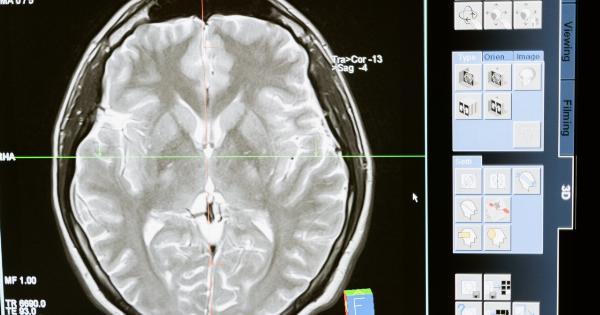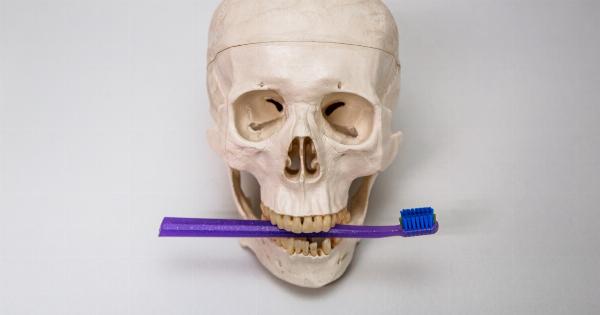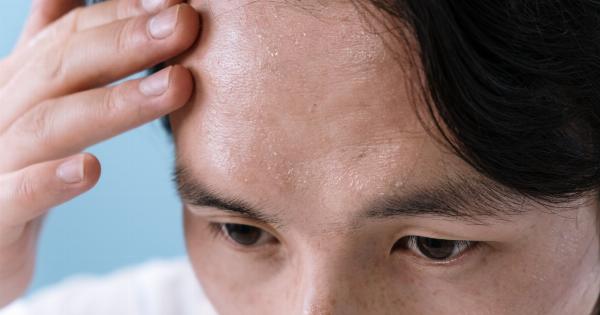Hormone replacement therapy (HRT) is a medical treatment that involves replacing hormones that your body no longer produces at adequate levels, typically during menopause or andropause (male menopause).
Depending on individual circumstances and symptoms, hormone replacement therapy can involve the use of estrogen, progesterone, testosterone, or a combination of these hormones.
Types of Hormone Replacement Therapy
There are several different types of hormone replacement therapy available, each designed to address specific hormonal imbalances or deficiencies:.
Estrogen Replacement Therapy
Estrogen replacement therapy (ERT) is primarily used to alleviate menopausal symptoms in women. Estrogen can be taken in various forms, including oral tablets, patches, gels, creams, and vaginal rings.
ERT helps reduce hot flashes, night sweats, vaginal dryness, and other symptoms associated with menopause. Additionally, estrogen replacement therapy is known to strengthen bones, reducing the risk of osteoporosis.
Progesterone Replacement Therapy
Progesterone replacement therapy is often used in combination with estrogen replacement therapy in women who have not had a hysterectomy. Progesterone helps protect the lining of the uterus and reduces the risk of developing endometrial cancer.
It can be administered orally, vaginally, or as an injection.
Testosterone Replacement Therapy
Testosterone replacement therapy is primarily used in men who have low testosterone levels due to aging or medical conditions. It can help improve energy levels, muscle mass, libido, and mood.
Testosterone replacement therapy is available in various forms, including injections, gels, patches, and pellets.
The Benefits of Hormone Replacement Therapy
Hormone replacement therapy can provide numerous benefits depending on individual needs and circumstances:.
1. Relief from Menopausal Symptoms
One of the primary reasons women seek hormone replacement therapy is to alleviate menopausal symptoms such as hot flashes, night sweats, mood swings, and vaginal dryness. HRT can effectively reduce these symptoms, enhancing overall quality of life.
2. Improved Bone Health
Estrogen replacement therapy is known to improve bone density and reduce the risk of osteoporosis in women. Osteoporosis is a condition characterized by weak and brittle bones, making individuals more susceptible to fractures.
3. Enhanced Sexual Well-being
Hormone replacement therapy can help alleviate vaginal dryness and improve sexual desire and satisfaction. By restoring hormone levels, HRT can rekindle intimacy and enhance overall sexual well-being.
4. Increased Energy Levels
Testosterone replacement therapy in men can improve energy levels, reducing fatigue and enhancing overall vitality and well-being. Low testosterone levels can often cause decreased energy and motivation, which can greatly impact quality of life.
5. Increase in Muscle Mass and Strength
Testosterone replacement therapy has been shown to increase muscle mass and strength in men. This is particularly beneficial for individuals experiencing age-related muscle loss or frailty.
The Risks and Side Effects of Hormone Replacement Therapy
Although hormone replacement therapy offers numerous benefits, it is important to be aware of the potential risks and side effects:.
1. Increased Risk of Breast Cancer
Long-term use of hormone replacement therapy, particularly estrogen and progesterone combination therapy, has been associated with a slightly increased risk of breast cancer.
This risk is higher with long-term use and decreases after discontinuation of therapy.
2. Increased Risk of Blood Clots
Hormone replacement therapy, especially oral estrogen, can increase the risk of blood clots, including deep vein thrombosis and pulmonary embolism. Individuals with a history of blood clots or clotting disorders may be at higher risk.
3. Increased Risk of Heart Disease
Several studies have suggested a potential increased risk of heart disease with long-term hormone replacement therapy, particularly in older women. It is essential to discuss cardiovascular risks with your healthcare provider before starting HRT.
4. Stroke Risk
Hormone replacement therapy, particularly in postmenopausal women, has been associated with a slightly increased risk of stroke. This risk may be higher in women with other risk factors, such as smoking or high blood pressure.
5. Side Effects
Common side effects of hormone replacement therapy include breast tenderness, bloating, headaches, mood changes, and nausea. These side effects are usually temporary and tend to resolve with time or adjustments to the dosage or type of hormones used.
Conclusion
Hormone replacement therapy can be an effective treatment for managing menopausal and andropausal symptoms, improving bone health, enhancing sexual well-being, and restoring energy levels.
However, it is essential to weigh the potential benefits against the risks and side effects associated with hormone replacement therapy. Consultation with a healthcare provider is crucial to determine individual suitability for hormone replacement therapy and may involve considering personal medical history, lifestyle factors, and individual preferences.
With proper monitoring and evaluation, hormone replacement therapy can offer significant improvements in quality of life for individuals experiencing hormonal imbalances or deficiencies.




























